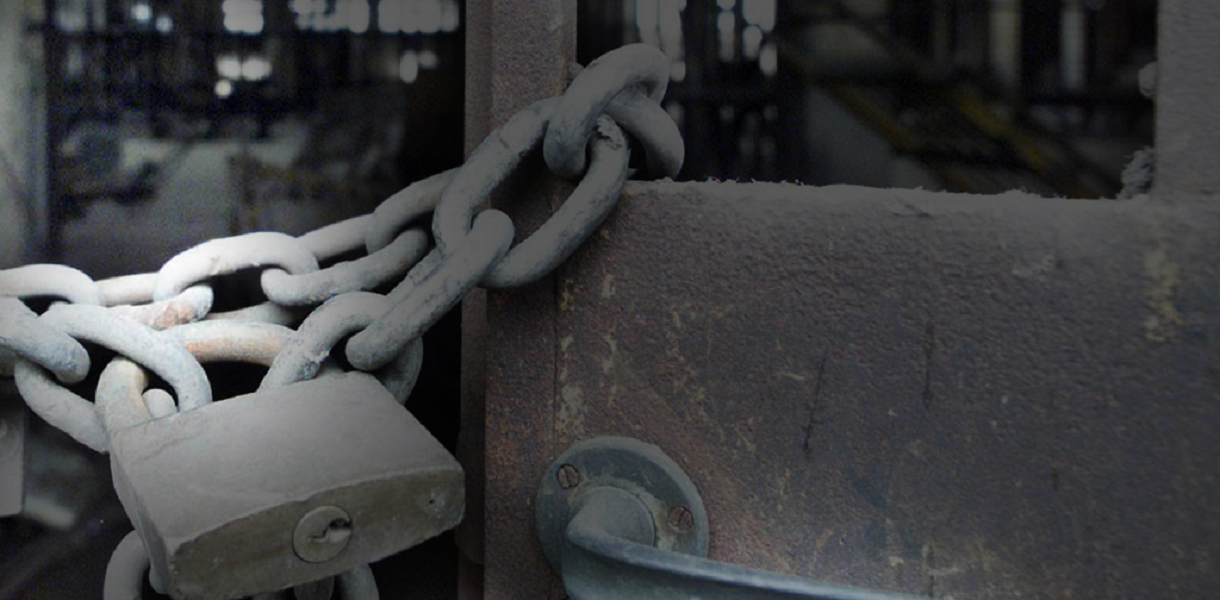
On the plot of land seized in 1999 from boss Matteo Messina Denaro – the new Cosa Nostra boss in Sicily, one of the most wanted men by the Italian police – a soccer field should have emerged. Nevertheless, nothing has been done yet.
The historical palace seized from the camorra, where Giuseppe Garibaldi slept and where the surrender of Capua was signed in 1860, has been falling into ruins for the past 20 years. The pizzeria of an ‘ndrangheta boss in Lecco, in the productive heartland of Northern Italy, has been closed for 24 years.
READ MORE: “Riprendiamoli”, 24 Journalist and Two Years of Hard Work: the Making of
There are dozens of other similar stories: despite efforts, the State has not been able to manage all the properties – product of illegal activities – that during the years were seized from organized crime. From 1982 to date, 27,000 assets were seized and confiscated: villas, farmsteads, castles, hotels, clinics, supermarkets, beach facilities, luxury cars, and artwork. Only 11,000 of these were returned to the community. A heritage of incalculable value that deteriorates day by day.
A defeat, 34 years after the approval of the first law that carries the name of Pio La Torre, the Sicilian politician, member of the communist party, assassinated by the mafia exactly because of his wish to seize the assets of mafia bosses. Twenty years ago, in 1996, a second law – demanded by a million Italians and promoted by the Association Libera – set the rules on the community reuse of the confiscated goods. Thanks to this association, there are also stories of redemption and good examples of virtuous reuse. In Calabria, in Goia Tauro, the migrants removed from illegal hiring now work on the farm confiscated from the mafia gangs. The workers of the Gianicolo Grand Hotel in Rome, after the seizure of the undertaking, were finally legalized. But even today, as shown by the examples mentioned at the beginning, the law struggles to be implemented and to show results.
READ MORE: “Riprendiamoli”, How Did Confiscati Bene Came to Be?
Why? Whose responsibility is it? What can be done now? Are new laws needed? How can we transform the revenue of arms dealing, drug trafficking, extortions, and money laundering into a collective asset? The investigation performed by the University of Urbino school of journalism and the local Espresso Group newspapers tries to answer these questions.
The starting point – and the point of arrival – is the work of Confiscati Bene, a community of journalists and citizens born from the shared desire for open data and transparency of the public administration. Confiscati Bene is a participatory project possible thanks to everyone’s efforts: the objective is to catalog all the assets confiscated from criminals in Italy and Europe. It is open to citizens, with an online site to collect new data, exchange information on abandoned assets, mark cases of good or bad management, and suggest projects for reuse. It allows a constant monitoring of the phenomenon, supporting, complementing and partially replacing the institutional ativities of the Seized Assets Agency. This challenge had begun in 2014 and led to the creation of a database, free to download by anyone, of all the properties seized from the mafia and listed by the Agency. The database creates a constantly updated map: the latest asset inventory list was photographed, with a national overview and a series regional meetings in March 2016.
READ MORE: “Riprendiamoli”, Mafia Bosses’ Ferrari Cars
In 1982, in his last interview before he was killed by the mafia, Carlo Alberto Dalla Chiesa pointed the finger at the great wealth accumulated by criminals throughout Italy: “The mafia is now present in the major Italian cities, where it has made large real estate, commercial, and maybe industrial investments.” The hunt for these assets became the Achilles heel of the mafia. In 2007, during his prison term in Turin, the member of the camorra Franco Inzerillo complained with his nephews: “There’s nothing worse than assets seizure. The only thing left to do is to leave, and that’s it”.
Striking the assets, the “stalks,” in the words of La Torre: that is how to fight the mafia gangs. But the road to the re-use of confiscated property is full of obstacles. Two telling examples: in Sicily, the Palermo-based judge Silvana Saguto ended up investigated: she was allegedly in cahoots with the Justice Department Administrator, Gaetano Cappellano Seminara, who, in exchange for the management of large companies seized, would make the judge’s husband work as a consultant. In Licata, in the province of Agrigento, only after the complaint of the “A testa alta” activists were the public records of all the goods confiscated in the territory, as required by law, published on the Municipality website.
READ MORE: “Riprendiamoli”, Confiscated Goods: Your Alerts
Mafia activities, as predicted by General Dalla Chiesa, have spread all over Italy. In such a massive way that the national Agency of Seized and Confiscated Assets struggles to keep up with the confiscations. Just think of the Aemilia investigation, in Emilia Romagna, the largest trial against the mafia gangs in the North, with 1,200 witnesses and so far 200 people arrested among politicians and local businessmen. Or of Brescello, the Emilia-region municipality, where the author Giovannino Guareschi had set his don Camillo and Peppone stories, under compulsory administration for the links between administrators and ‘ndrangheta gangs. “For all that needs to be done I would need an organization triple the size, with at least 300 workers,” says Director Umberto Postiglione. Among the assets to manage, Postiglione also has thirty Ferrari cars. The idea: a deal with Maranello to restore the cars back to new, making them easier to sell at auction. The proceeds will go towards a fund for the families of the mafia victims.
Translated by Marion Sarah Tuggey